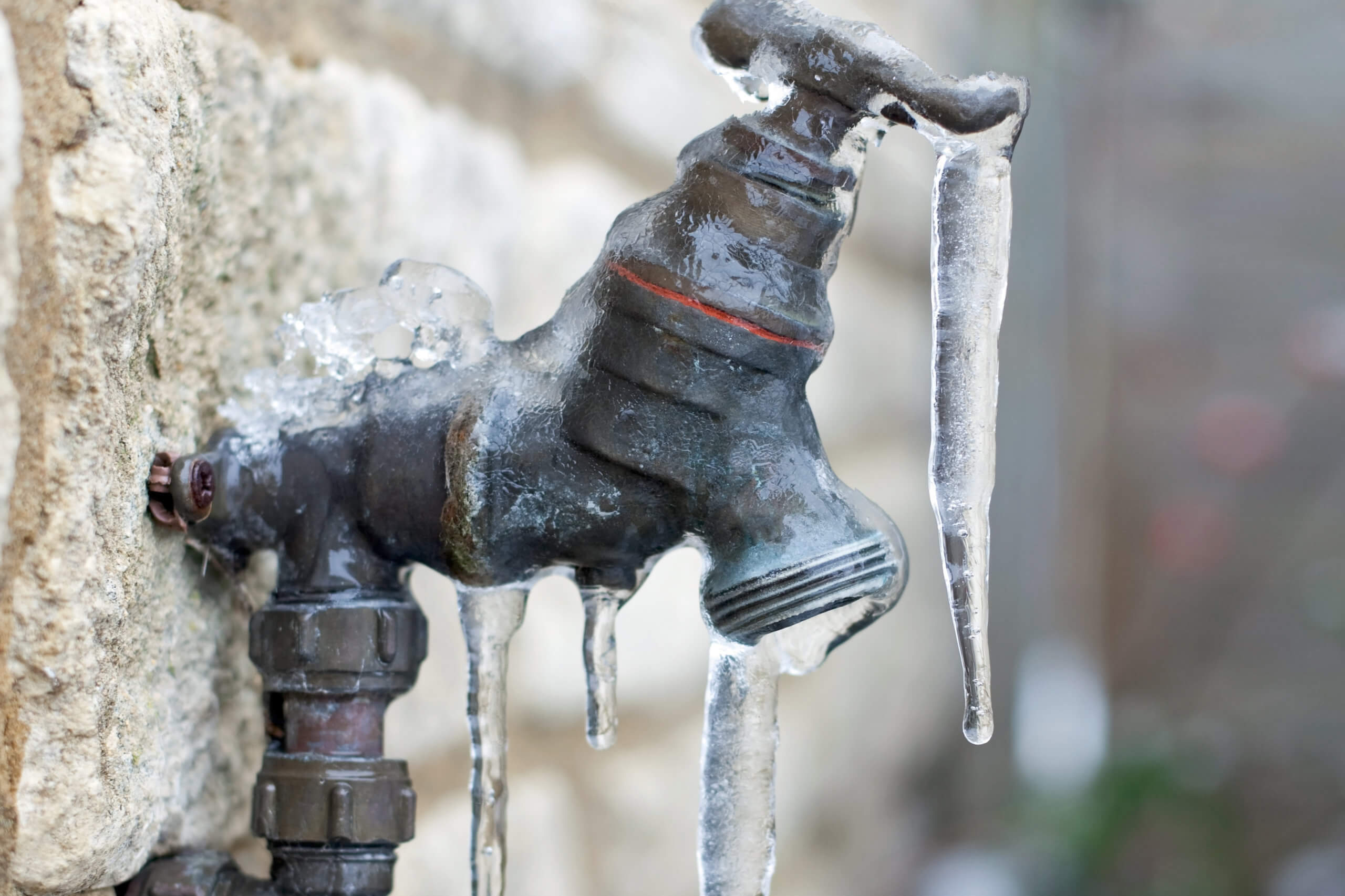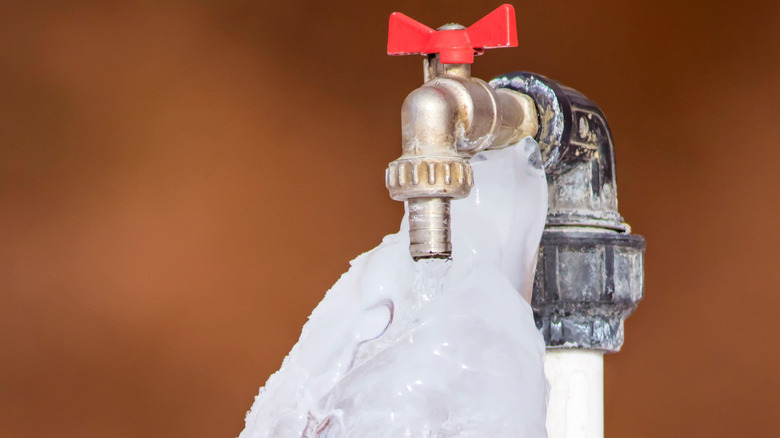This post on the next paragraphs involving Preventing and dealing with frozen pipes is indeed fascinating. Don't miss it.

Cold weather can damage your plumbing, particularly by freezing pipes. Below's just how to avoid it from occurring and what to do if it does.
Introduction
As temperature levels drop, the threat of frozen pipelines increases, possibly causing expensive repair work and water damages. Recognizing just how to prevent icy pipelines is essential for home owners in cold climates.
Avoidance Tips
Insulating susceptible pipes
Wrap pipes in insulation sleeves or make use of warmth tape to secure them from freezing temperature levels. Focus on pipes in unheated or exterior areas of the home.
Heating techniques
Keep indoor areas effectively heated up, especially locations with plumbing. Open up cabinet doors to permit cozy air to circulate around pipes under sinks.
How to identify frozen pipes
Seek reduced water circulation from taps, uncommon odors or sounds from pipes, and noticeable frost on subjected pipelines.
Long-Term Solutions
Structural adjustments
Take into consideration rerouting pipes away from exterior walls or unheated areas. Include additional insulation to attics, basements, and crawl spaces.
Upgrading insulation
Invest in high-quality insulation for pipelines, attics, and walls. Appropriate insulation assists preserve regular temperature levels and minimizes the danger of icy pipelines.
Securing Outside Pipes
Yard hose pipes and outdoor taps
Detach and drain pipes yard hose pipes before winter season. Set up frost-proof spigots or cover exterior faucets with shielded caps.
Recognizing Icy Pipes
What creates pipes to ice up?
Pipelines ice up when exposed to temperatures below 32 ° F (0 ° C) for expanded periods. As water inside the pipelines ices up, it broadens, taxing the pipe wall surfaces and possibly causing them to break.
Dangers and problems
Icy pipelines can result in water system disruptions, residential or commercial property damages, and costly repairs. Burst pipes can flood homes and create comprehensive architectural damage.
Indicators of Frozen Piping
Determining icy pipelines early can prevent them from breaking.
What to Do If Your Pipes Freeze
Immediate actions to take
If you suspect icy pipelines, keep faucets open up to eliminate stress as the ice thaws. Use a hairdryer or towels taken in hot water to thaw pipelines slowly.
Final thought
Avoiding icy pipes needs aggressive steps and fast responses. By comprehending the reasons, signs, and preventive measures, property owners can safeguard their plumbing during winter.
5 Ways to Prevent Frozen Pipes
Drain Outdoor Faucets and Disconnect Hoses
First, close the shut-off valve that controls the flow of water in the pipe to your outdoor faucet. Then, head outside to disconnect and drain your hose and open the outdoor faucet to allow the water to completely drain out of the line. Turn off the faucet when done. Finally, head back to the shut-off valve and drain the remaining water inside the pipe into a bucket or container. Additionally, if you have a home irrigation system, you should consider hiring an expert to clear the system of water each year.
Insulate Pipes
One of the best and most cost-effective methods for preventing frozen water pipes is to wrap your pipes with insulation. This is especially important for areas in your home that aren’t exposed to heat, such as an attic. We suggest using foam sleeves, which can typically be found at your local hardware store.
Keep Heat Running at 65
Your pipes are located inside your walls, and the temperature there is much colder than the rest of the house. To prevent your pipes from freezing, The Insurance Information Institute suggests that you keep your home heated to at least 65 degrees, even when traveling. You may want to invest in smart devices that can keep an eye on the temperature in your home while you’re away.
Leave Water Dripping
Moving water — even a small trickle — can prevent ice from forming inside your pipes. When freezing temps are imminent, start a drip of water from all faucets that serve exposed pipes. Leaving a few faucets running will also help relieve pressure inside the pipes and help prevent a rupture if the water inside freezes.
Open Cupboard Doors
Warm your kitchen and bathroom pipes by opening cupboards and vanities. You should also leave your interior doors ajar to help warm air circulate evenly throughout your home.

Do you enjoy more info about Helpful Tips to Prevent Frozen Pipes this Winter? Try leaving a remark directly below. We would be pleased to see your ideas about this page. In hopes that you come back again before long. Feel free to take the opportunity to promote this blog posting if you appreciated it. Thank you for taking the time to read it.
About
Comments on “Advice for Preventing Frozen Pipes in Cold Weather: Professional Advice”